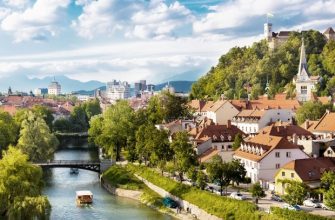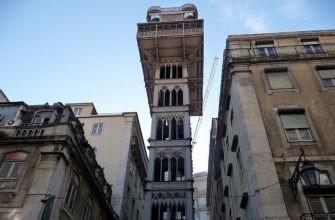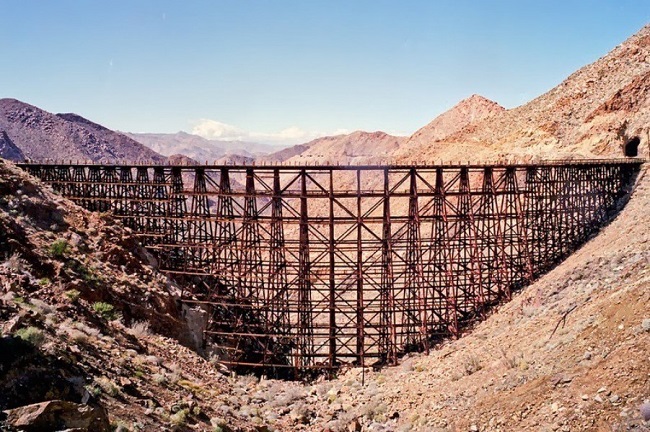
Shortly after the start of work, the builders realized that to create a rail link in El Centro is necessary to solve a variety of complex engineering problems. The conditions were quite difficult: numerous treacherous mountain ranges with impenetrable giant boulders, deep valleys and canyons.
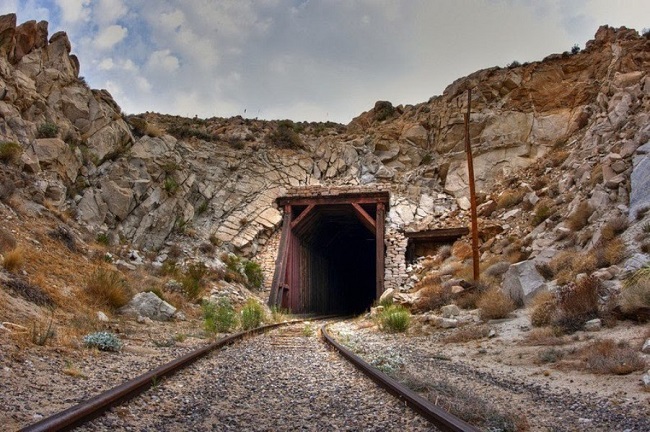
Prospects for a successful completion of the construction were so minimal that the construction site was called “Impossible Railroad”. The name became more than successful.

In spite of everything, they managed to complete the construction in 1919. Throughout the railroad workers built 17 tunnels, 800 meters long and 20 overpasses to overcome the highest 17 km mountain.
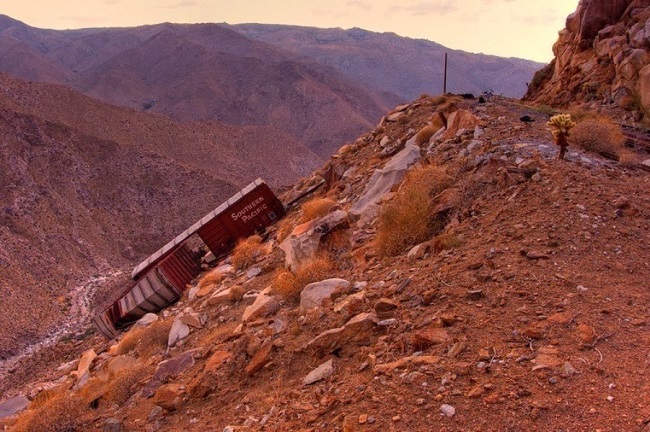
High earthquake-prone area has led to the fact that the maintenance of the railway with its many tunnels and flyovers in working condition was quite difficult and expensive task. The earthquake in 1932 hit one of the tunnels.

Engineers decided to choose an alternative route along the ridge. However, it became necessary to construct a bridge over a steep side valley, which is known as Goat Canyon.
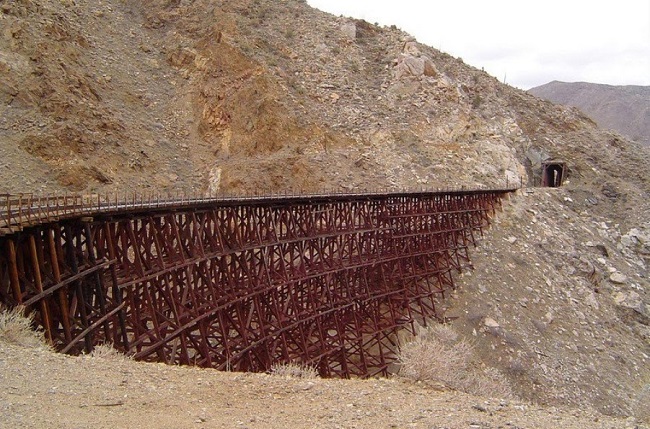
Wooden scaffolds, that have been built, are in working order even nowadays, forming the longest, high curved wooden pier ever built in the United States. Overpass is more than 180 meters long and 54 meters high at the center, forming a magnificent engineering marvel.
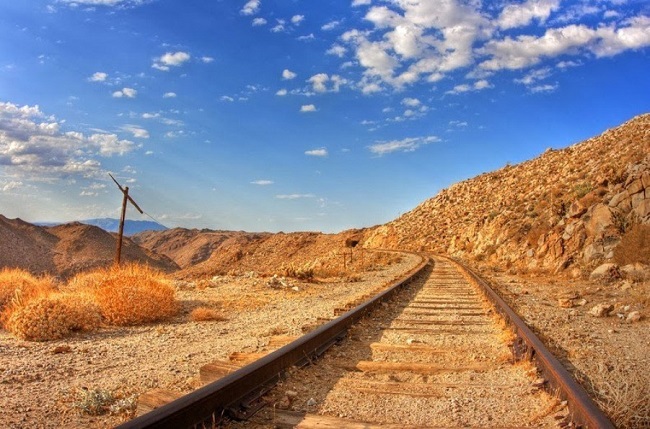
January 11, 1951 the last passenger train in San Diego drove on this railway.

In September 1976 Tropical Storm Kathleen blurred train and roadway infrastructure in many places, which led to the impossibility of further exploitation of the road.
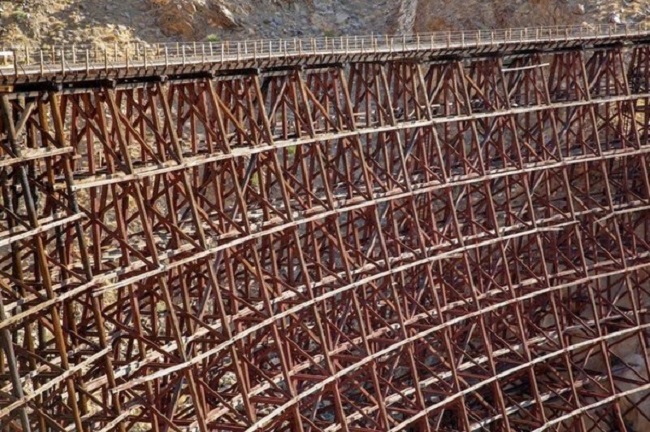
The damage was so great that the railway is closed to nowadays.
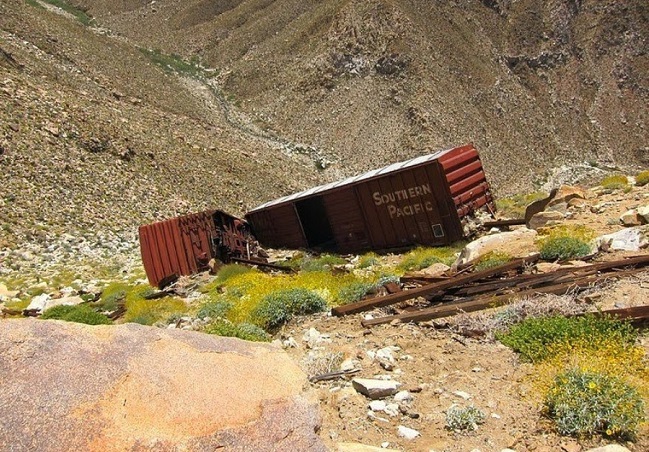
Abandoned railroad tracks now attract adventurers and lovers of abandoned places, who go on a fascinating journey through the desert landscapes, whose length is about 22 km.


